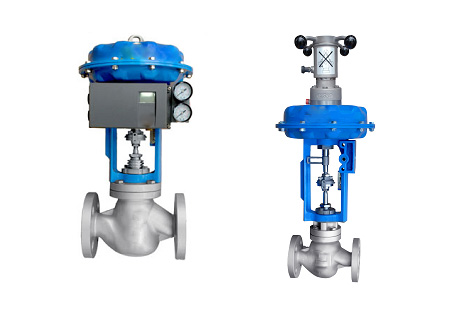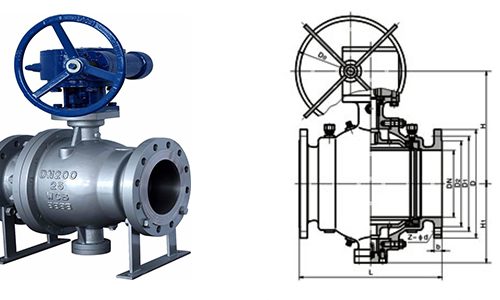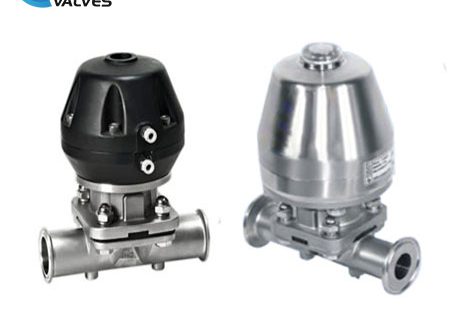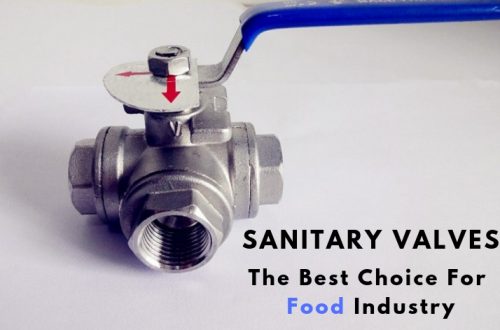Control valves regulate the flow of liquids, gases, or a mixture of both as required. In its most basic form, a control valve has an adjustable aperture which is opened and closed manually as necessary—opening to increase the flow and closing to decrease the flow.
Why do we need control valves?
In many cases, the piping system requires a precise amount of constant flow to properly determine the size of the pump, piping and other accessories. If there is no proper flow control valve, the fluctuating system pressure will deviate from the design flow. The flow control valve should be constant. All valves in the system can be added together to help make the necessary calculations to determine what type and/or size of pump to provide.

Many industries and applications, from industrial systems to kitchens, bathrooms, irrigation systems, and even our different military branches, rely on flow control valves. However, not all flow control valves are the same. The best control valves not only do the job efficiently, they also eliminate vibration, noise, feedback and vibration, and are designed to ensure they are not blocked and can be backwashed. If you want to control the flow in your system, be sure to look for valves that have these advantages.
How does the control valve work?
Sanitary control valve has the same structure and working principle with ordinary control valve. The actuators control fluid in a pipe by varying the orifice size through which the fluid flows. Control valve contains three major components: The vlave body, (the positionor) and the valve actuator. The valve body provides the fluid connections and a movable restrictor comprised of a valve stem and plug that is in contact with the fluid that varies the fluid flow. You can check the video for more information.
What are the different types of control valves?
According to their actuators, control valves can be divided into three main types: pneumatic, electric, and other actuators. Pneumatic actuators are diaphragm or piston-based. Diaphragm-based actuators use air supply from a controller or positioner, and include various styles, such as direct-acting, reverse acting, and reversible. Piston-based actuators use high-pressure plant air, and are double-acting, to give maximum force in both directions. Electric actuators use an electric motor and some form of gear reduction to move the valve. Other types of actuators include hydraulic and electro-hydraulic actuators.
If you are in need of information about control valves or other types of sanitary valves, please visit http://www.adamant-valves.com/.





One Comment
Pingback: